Swinburne University ECO10001: Economic Principles Case Study
VerifiedAdded on 2023/06/10
|8
|736
|86
Case Study
AI Summary
This document presents a case study analysis for the Economic Principles course ECO10001, focusing on two scenarios. The first scenario examines the impact of rising petrol prices on the car market, analyzing shifts in demand and supply curves to determine equilibrium price and quantity. It finds that petrol and cars are complementary goods, leading to a decrease in car demand as petrol prices increase. To maintain the original equilibrium quantity, car producers would need to increase supply. The second scenario explores the price elasticity of demand for petrol, calculating it to be inelastic. It then discusses the impact of increased petrol taxes on tax revenue, concluding that revenue will increase due to inelastic demand. The analysis provides two reasons for the inelasticity: lack of fuel alternatives for cars and low petrol prices relative to consumer income. The report includes diagrams to illustrate the changes in market equilibrium and tax revenue.
1 out of 8
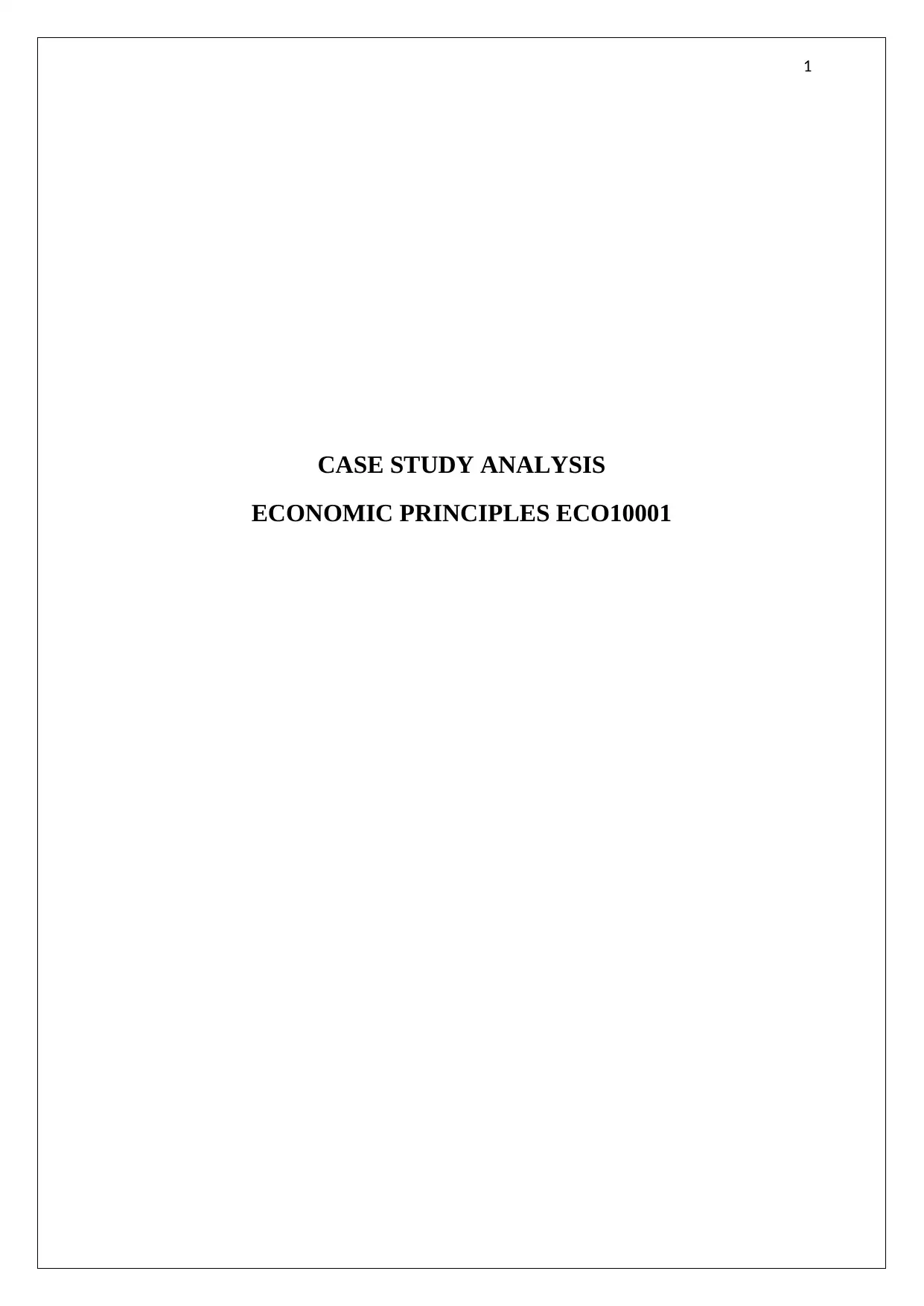
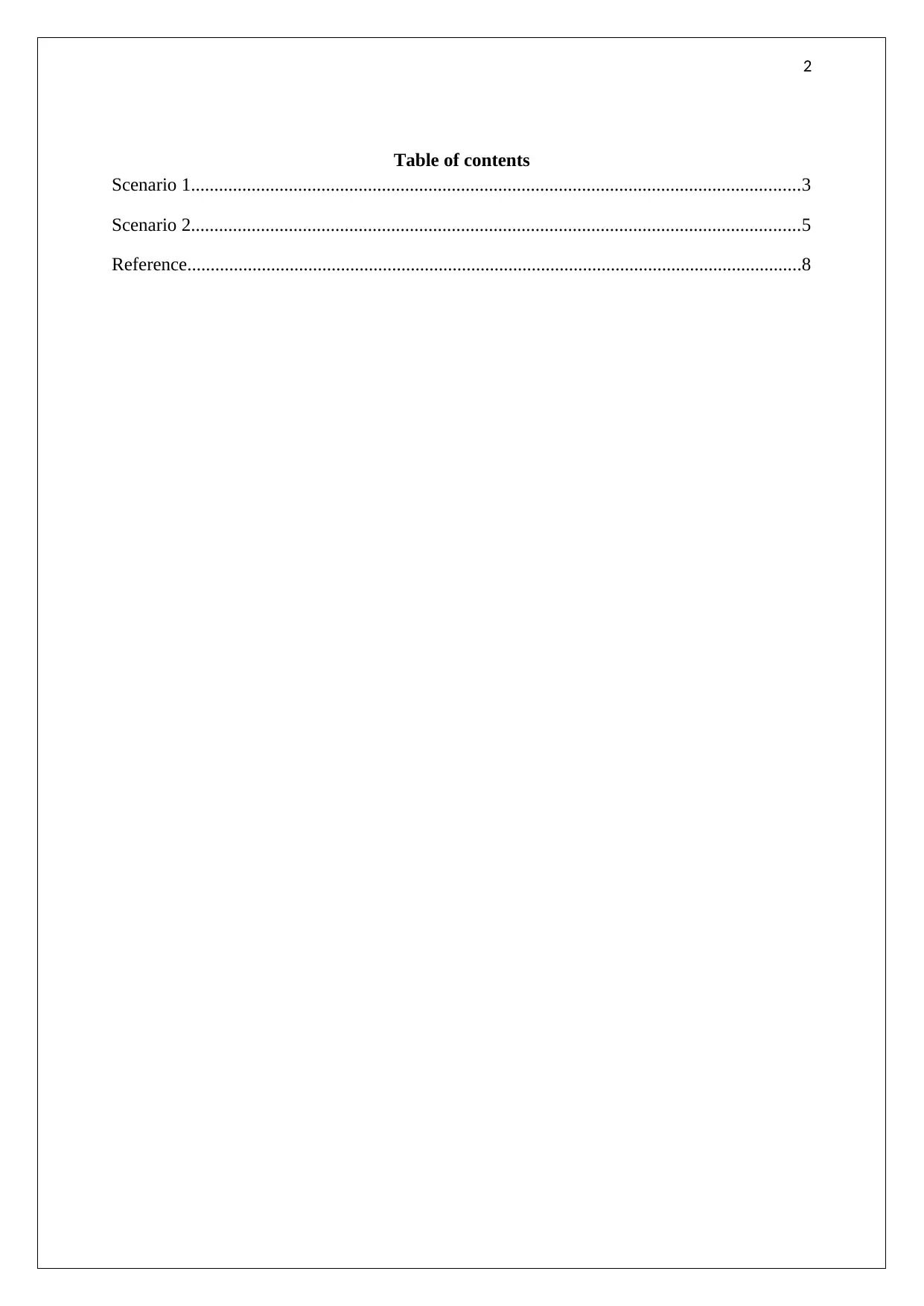
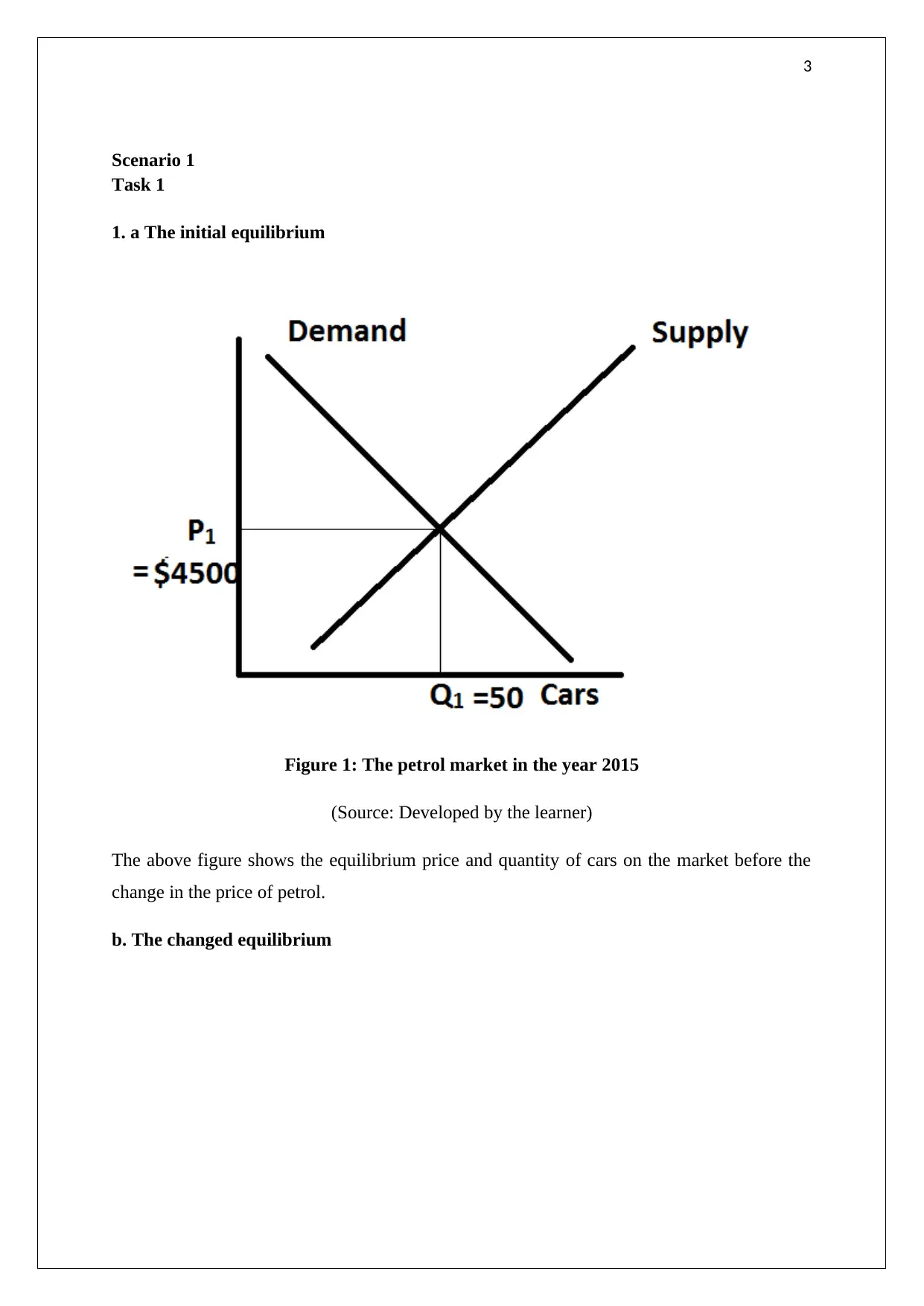

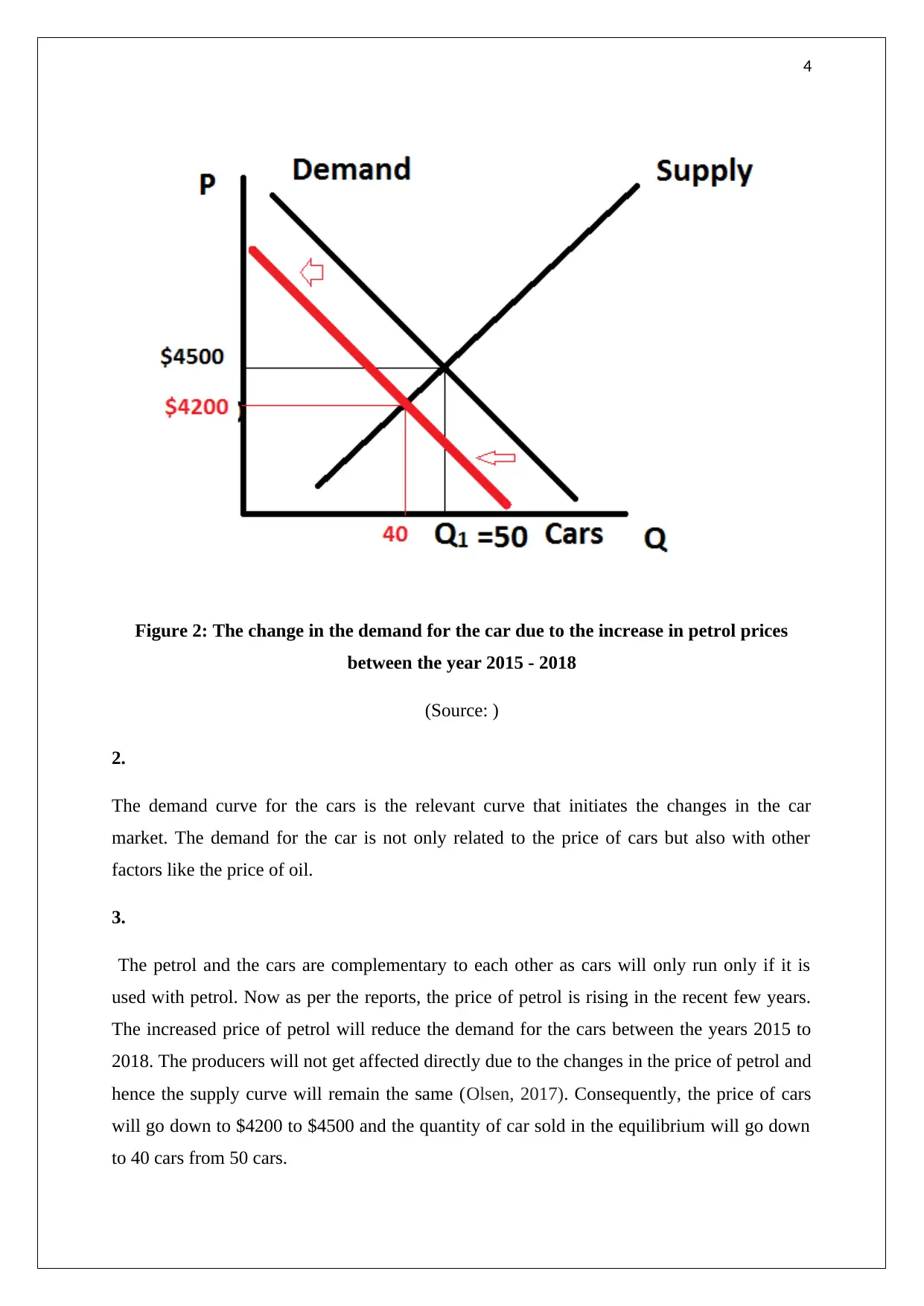

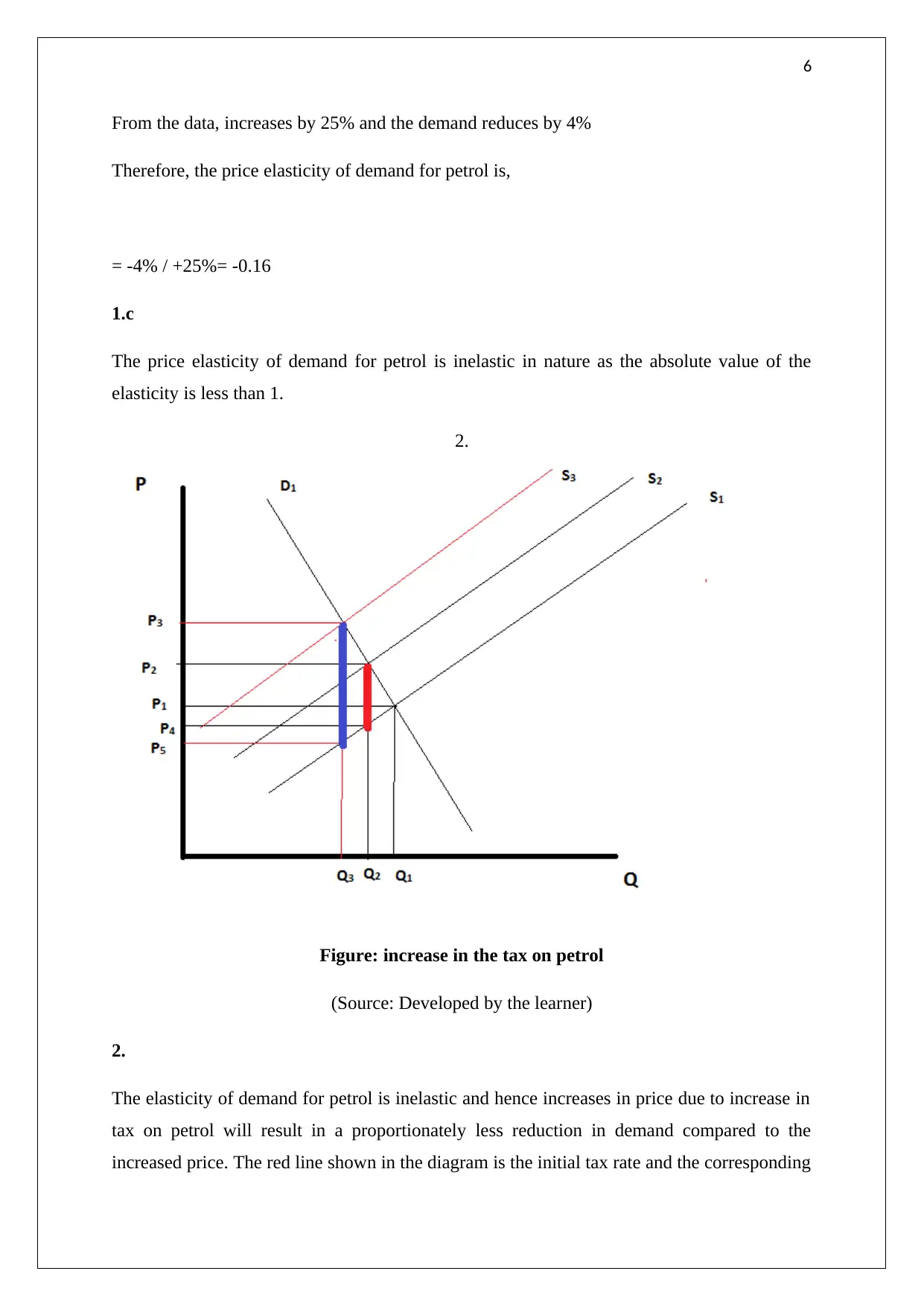
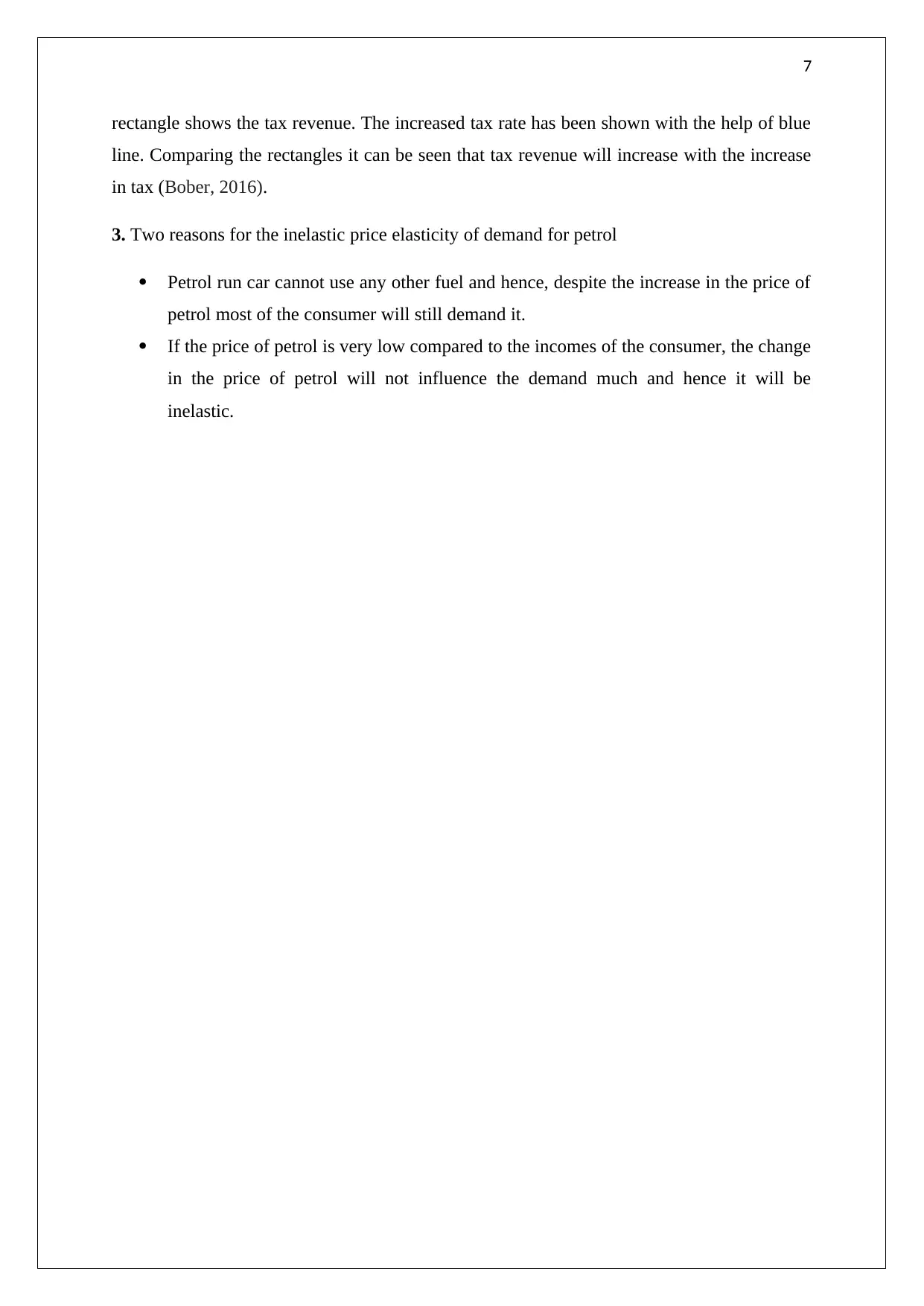
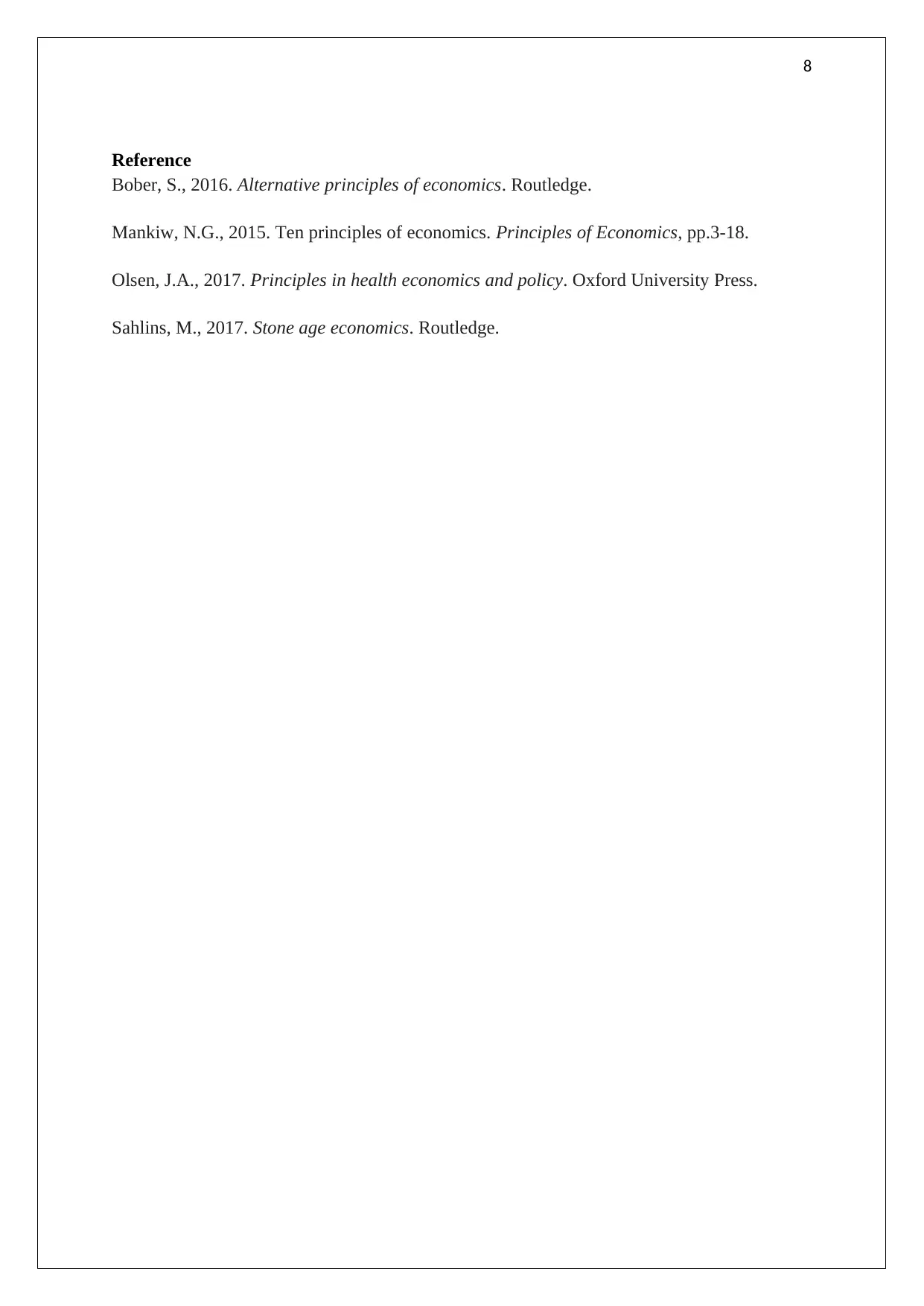






![[object Object]](/_next/static/media/star-bottom.7253800d.svg)